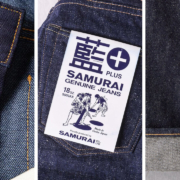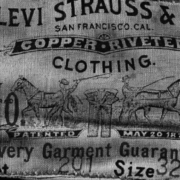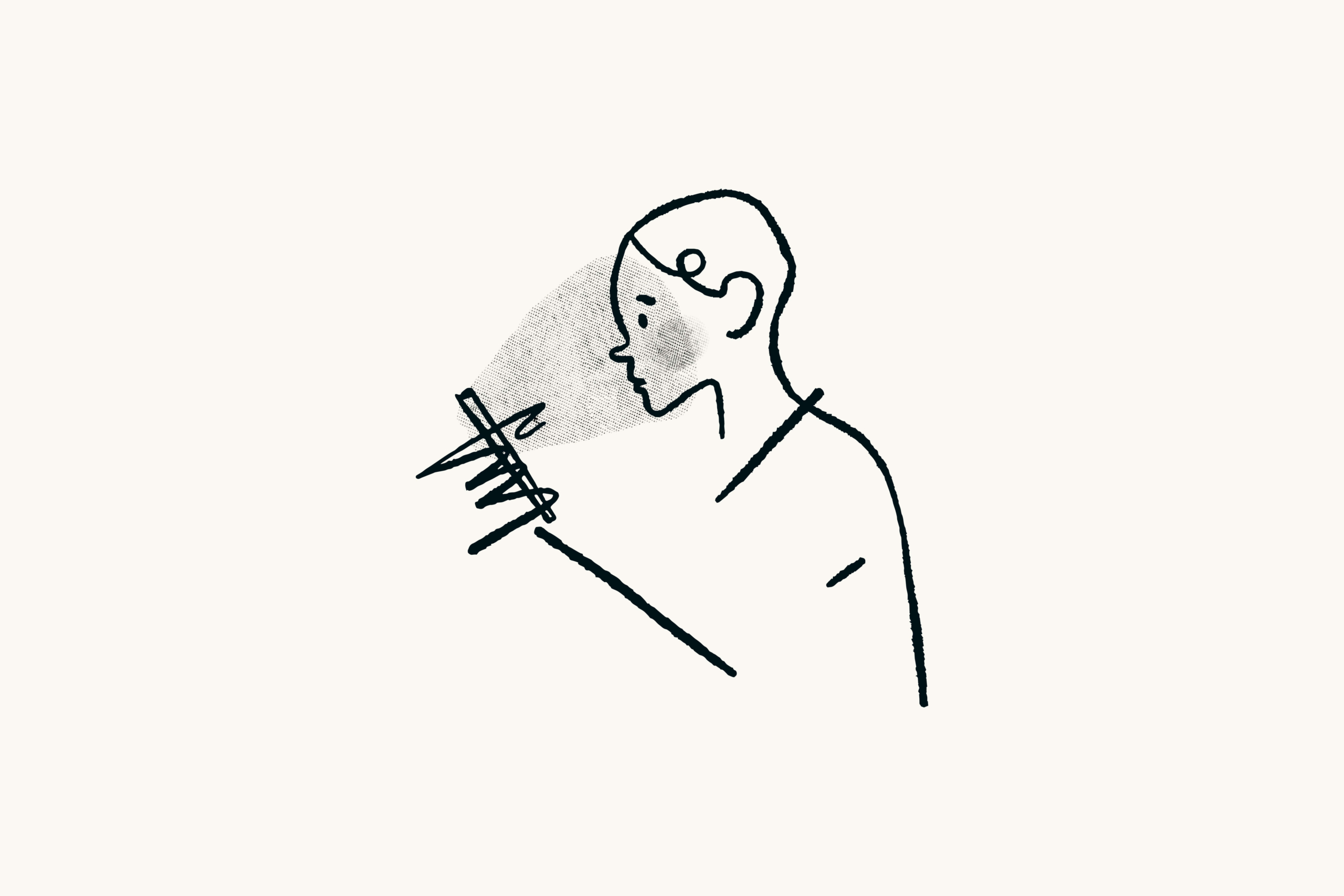The Ray-Ban Wayfarer hit the market in 1956 and would quickly change the humble sunglasses from a utilitarian necessity to a style statement.
Before the Wayfarer came on the scene, sunglasses were a very functional affair. Even the famous aviator style wasn’t cool unto itself, the fact that they were strapped to the faces of fighter aces and war hero’s made them cool by association.
But then the 50s came along. They might have been stuffy and conservative to the youth who were gearing up for flower power and flares, but the post-war economic boom saw a whole host of leaps forward in design, architecture and art. The 50s paved the way for much of what we consider the cultural revolution and the Wayfarer would adorn the faces of many of the individuals who made this era iconic.
Mid-century classical design
![]()
Designed by American optical designer Raymond Stegeman in 1952, the cat-eye shape was a world away from the oval or round forbearers. It was to be Bausch & Lomb’s, Ray-Ban’s parent company at that time, answer to mid-century classical designs from Eames or the Cadillac tail fins.
“The distinctive trapezoidal frame spoke a non-verbal language that hinted at unstable dangerousness, but one nicely tempered by the sturdy arms which, according to the advertising, gave the frames a ‘masculine look’. Design critic Stephen Bayley
Transporting the effortless cool
It was James Dean’s character in Rebel without a cause that transported the effortless cool to the masses and celebrities alike. This set a standard, Wayfarers proved to be a huge success and over the next decade found their way to the likes of JFK, Marlyn Monroe, The Beatles and Bob Dylan.
The iconic wayfarer almost vanished forever!
It was their popularity almost became their undoing. They brought sunglasses into the fashion mainstream. Anyone from trippy hippies to movie stars to housewives made shades part of their everyday fashion sensibility. It spawned a myriad of styles and shapes and as the 60s drew to a close the popularity of the style wained. The sales dropping so low that Ray-Ban considered discontinuing the style altogether. The 70s was a tough time for our favourite frames but all this was about to change.
Product Placement to the rescue
In 1980, only 15,000 pairs were being sold throughout the US. Then the Blues Brothers, John Belushi and Dan Aykroyd swaggered on to screen. Dressed in black suits, pencil-thin ties, trilbys and of course, Wayfares. Sales began to slowly rise and that reminded Ray-Ban that sales and celebs went hand in hand. What had happened by chance in the 50s and 60s, Ray-Ban intended to do by design. In 1982, Ray-Ban signed a deal with a California company called Unique Product Placement. The intention, to out frames on the famous. And it worked. Tom Cruise, Don Johnson, Don Henley, The Breakfast Club and even Michael Jackson would carry the brand right through the 80s and onto soaring sales.
Ups and Downs
Then, as tends to happen, things took a swing downward once again. It was the 90s, a decade punctuated by evolutionary dead ends in terms of fashion, wrap-around frames being one of them. The chunky Wayfarer did not fare well when set against this look and with Bausch & Lomb was facing pressure from competitors like Oakley, in 1999 they decided to sell the Ray-Ban brand to the Italien Luxottica Group for the paltry sum of $640 million. It would be the Italiens that would take the Ray-Ban brand, and therefore the wayfarer into the 21st century.
If it ain’t broke, don’t fix
Since that time the Wayfarer has gone through a number of design developments and changes and have continued to find a place on the face of celebrity. But the old adage of “if it ain’t broke, don’t fix it held true. Some smart bloke at Ray-Ban noticed that Vintage Wayfarers were fetching a pretty penny on eBay, and so decided to reintroduce the original design from the 50s. The sheer amount of variations on the Wayfarer design by Ray-Ban alone is quite daunting. Not to mention the rather insane number of frame colour and lens tints out there. But if you are looking to the classic, look to the RB2140. It is identical in shape to the original B&L5022 of the 50s.
Be a bit selective
For the colour of the frames, you might want to be a bit more selective. The originals were black, but black doesn’t go well on everyone. If you are fair, then it can appear too heavy with too much contrast. The other classic is tortoiseshell. This will work better with fair to medium complexions and even if you are a bit darker, can give a sense of flair.
Avoid at all cost “modern or unique” frame and lens choices. No one likes that guy wearing white frames and mirrored lenses. You know he wears them at night and we all know why. Don’t be that guy.





